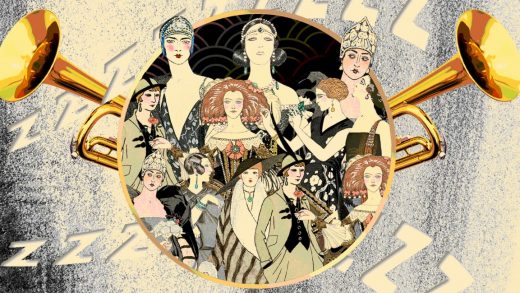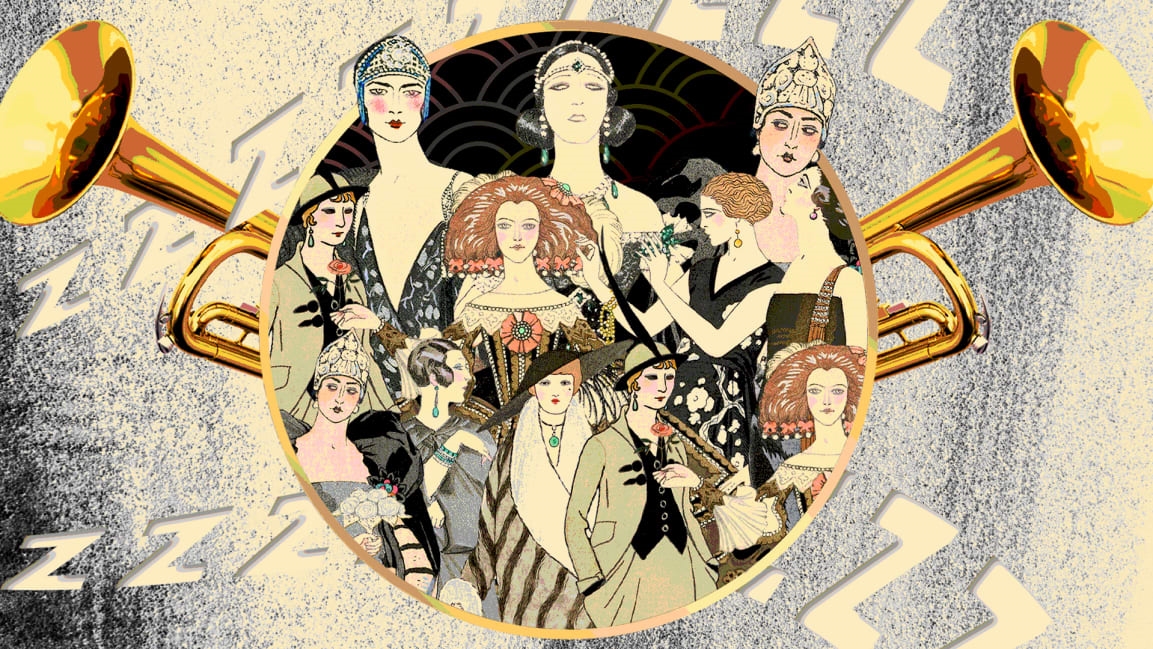The Roaring ’20s sounds nice, but a Snoring ’20s would be nicer
Fetch the bolt cutters, America.
As the vaccination effort ramps up nationwide, anticipation of unfettered freedom crackles in the air. People are getting ready to be perceived out in the wild again, to hit unpause on the Massive Multiplayer Game of social life in physical spaces. Indoor ones, even! Here comes the heavy wave of ecstatic hedonism, as economists and tarot-reading Twitterers predict a second coming of the Roaring ’20s.
And that’s fine! For a while. More power to the (vaccinated) partyers, but personally I’m over the idea of an entire new Roaring ’20s. Bring on the Snoring ’20s!
Not to yuck anyone’s yum as they price out flapper-tassels, but the thing about celebratory moments is that they end. You have your Ewok jamboree and then the elation fades and it’s back to the business of everyday life. The difference this time is our coming Ewok jamboree might include months of euphoric reveling; the insatiable urge to say yes to everything and tell FOMO to eff off. It will be a time to make up for lost time. But realistically, how long can that last? How long would you even want it to last?
The thing about celebratory moments is that they end.”
As historian John M. Barry points out in a recent Politico interview, part of the reason the 1920s was a decade of carpe diem is because one of the deadliest wars in world history ended unexpectedly, just as one of the deadliest plagues ever also ended. Not to downplay the devastation of COVID-19, but casualties of the 1918 pandemic were of an entirely different magnitude—with at least 20 times as many deaths worldwide. And that’s before you even factor in the millions of war dead. Make no mistake, everyone who survived this past year should feel grateful to be alive. Just perhaps not the death-cheating gratitude of living every day like it’s your last.
The pandemic should have made us all at least a little more germaphobic, and that’s a good thing. As Barry further points out in his Politico interview, even after the 1918 pandemic ended, scientists had no idea yet how viruses worked. They only got around to defining the word “virus” in 1925, at which point many folks had (justifiably) long since traded face masks for tweed newsie caps. That knowledge gap is part of the reason people in the Roaring ’20s seemed to party without fear of viral reprisal. A full century later, we have way too much health data, and way too many hypochondriacs, for the same amount of carefree jubilation. (Although I am prepared to be surprised.)
Not that everybody can even afford to roar. While the pandemic has been good to still-employed members of the upper-middle class, and a huge boon for billionaires, all too many people—especially women—have been forced out of jobs, some of which may not be coming back any time soon. Biden’s $1.9 billion American Rescue Plan is designed to help cushion the blow and restore lost jobs, but a lot of people will still spend years working to get whole again. What they will need in addition to cathartic partying is advocacy, agitation, and, at the very least, people paying attention—all of which will be much harder to do if an entire generation turns into day trading Coachella vampires, doing ayahuasca while shorting stocks on Robinhood.
In the Snoring ’20s, the desire to live hard would curdle kinda quickly into a desire to live well.”
Anyone who thinks that 10 years of total and reckless excess sounds like just what the doctor ordered, however, probably has little sense of how the Roaring ’20s actually ended. The stock market crashed on October 29, 1929, ushering in the Great Depression, and also—why not?—the rise of Nazi Germany. According to one economics blog, the crash was due in part to “the irrational exuberance of investors” and “over-confidence in the sustainability of economic growth.” It seems like the kind of asteroid that’s easy enough to avoid. Too bad 21st-century Americans seem to enjoy nothing more than creating a bubble and then bursting it shortly thereafter.
As for excess of the nonfinancial sort, well, the patron saint of Roaring ’20s party culture, F. Scott Fitzgerald, went on to drink and smoke himself to death at age 44. It’s what people tend to forget when they romanticize doing the Charleston while drinking a sidecar or whatever.
In the Snoring ’20s, the desire to live hard would curdle kinda quickly into a desire to live well. We would quietly appreciate dinner and drinks with friends and family, indoors and in person, near and far, traveling in airplanes we no longer regard as winged deathtraps of pestilence. Some of us would continue working from home and finding other elements of pandemic living to keep in perpetuity, rather than discard in a blind rush back to our old ways. We would search for the right balance between smelling the roses and tending to our gardens.
The coming years won’t just be about getting past the pandemic; they’ll also be about getting past four years of Trumpian chaos. It’s been a difficult, furiously divided time, and everyone could use a break from being so fired up so often. It would be a mistake to tune out from the political boringness Biden promised. Instead, the Snoring ’20s would be about luxuriating in that absence of day-to-day emergency while also turning the outrage of the Trump era toward more long-term goals such as climate action and economic equality.
After the past year, the imminent end to the pandemic feels almost too good to be true. Since the lure of the Roaring ’20s actually did turn out too good to be true, though, perhaps this time, let’s just give it… a rest.
Happy snoring!
(29)



